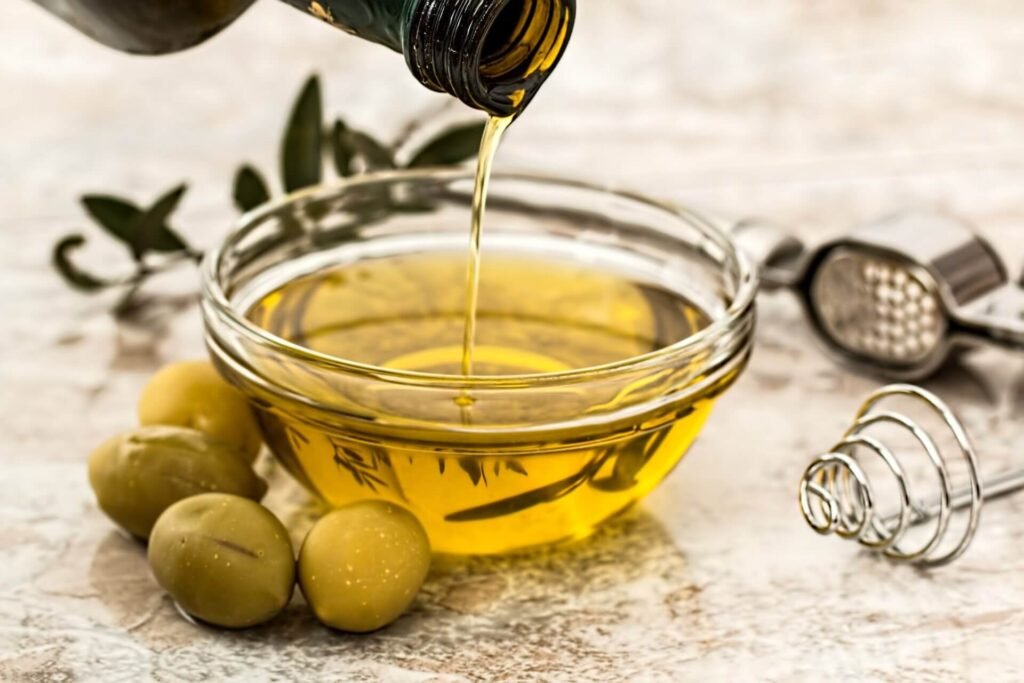Fats often get a bad rap, but the truth is, they play a critical role in our health and well-being. As parents, understanding the different types of fats used in food and their impact on our bodies is essential for making informed choices about what we feed our families. In this blog, we’ll cover everything you need to know about fats, including the various types of fats, which are healthy and which are not, why we need healthy fats, how they help our bodies, the consequences of consuming unhealthy fats, why food manufacturers include unhealthy fats, the pitfalls of low-fat foods, and the truth behind the low-fat trend.
The Different Types of Fats
Not all fats are created equal. There are several types of fats found in food, including:
- Saturated Fats: These fats are commonly found in animal products like meat and dairy, as well as in certain plant-based oils like coconut oil and palm oil. Saturated fats are solid at room temperature and have long been associated with an increased risk of heart disease.
- Trans Fats: Trans fats are artificial fats created through a process called hydrogenation, which turns liquid oils into solid fats. They are found in many processed foods, including margarine, fried foods, and baked goods. Trans fats are known to raise bad cholesterol levels and increase the risk of heart disease.
- Monounsaturated Fats: These fats are found in foods like avocados, olive oil, and nuts. They are liquid at room temperature and are considered heart-healthy fats because they can help lower bad cholesterol levels and reduce the risk of heart disease.
- Polyunsaturated Fats: These fats are found in foods like fatty fish, flaxseeds, and walnuts. They are also liquid at room temperature and are rich in omega-3 fatty acids, which are essential for brain health and may help reduce inflammation in the body.
Why We Need Healthy Fats
While saturated and trans fats are considered unhealthy and should be limited in the diet, monounsaturated and polyunsaturated fats are considered healthy and should be included as part of a balanced diet. Healthy fats play several important roles in our bodies, including:
- Brain Health: Our brains are made up of mostly fat, and healthy fats are essential for brain function and development. Omega-3 fatty acids, in particular, are crucial for cognitive function and may help prevent age-related cognitive decline.
- Heart Health: Monounsaturated and polyunsaturated fats can help improve cholesterol levels, lower blood pressure, and reduce the risk of heart disease and stroke when consumed in place of unhealthy fats.
- Nutrient Absorption: Fat-soluble vitamins like A, D, E, and K require fat to be absorbed and utilized by the body. Including healthy fats in meals can help ensure that we get the full benefit of these essential vitamins.
- Cell Structure: Fats are a major component of cell membranes and play a role in cell signaling and communication throughout the body.
The Consequences of Unhealthy Fats
Consuming too many unhealthy fats, such as saturated and trans fats, can have serious consequences for our health. These fats can:
- Raise Bad Cholesterol Levels: Saturated and trans fats can raise levels of LDL (bad) cholesterol in the blood, which increases the risk of heart disease and stroke.
- Increase Inflammation: Unhealthy fats can contribute to inflammation in the body, which is linked to a variety of chronic diseases, including heart disease, diabetes, and certain types of cancer.
- Contribute to Weight Gain: Foods high in unhealthy fats are often calorie-dense and can contribute to weight gain and obesity when consumed in excess.
- Impair Brain Function: Diets high in unhealthy fats have been linked to impaired cognitive function and an increased risk of neurodegenerative diseases like Alzheimer’s.
Why Food Manufacturers Include Unhealthy Fats
You might be wondering why food manufacturers include unhealthy fats in their products if they’re so bad for us. There are a few reasons for this:
- Taste and Texture: Unhealthy fats like saturated and trans fats can enhance the taste and texture of foods, making them more appealing to consumers. They can also help extend the shelf life of products and improve their stability during cooking and baking.
- Cost and Shelf Stability: Some unhealthy fats, like hydrogenated oils, are inexpensive and have a long shelf life, making them attractive options for food manufacturers looking to cut costs and increase profitability.
- Consumer Demand: Unfortunately, many consumers have become accustomed to the taste and texture of foods made with unhealthy fats and may prefer them over healthier alternatives. As a result, food manufacturers continue to use these fats to meet consumer demand.
In conclusion, fats are an essential part of a healthy diet, but not all fats are created equal. While unhealthy fats like saturated and trans fats should be limited in the diet, healthy fats like monounsaturated and polyunsaturated fats play important roles in supporting overall health and well-being. As parents, it’s important to understand the different types of fats used in food and make informed choices about the foods we feed our families. By prioritizing whole, minimally processed foods and including healthy fats as part of a balanced diet, we can support our health and the health of our loved ones for years to come.

